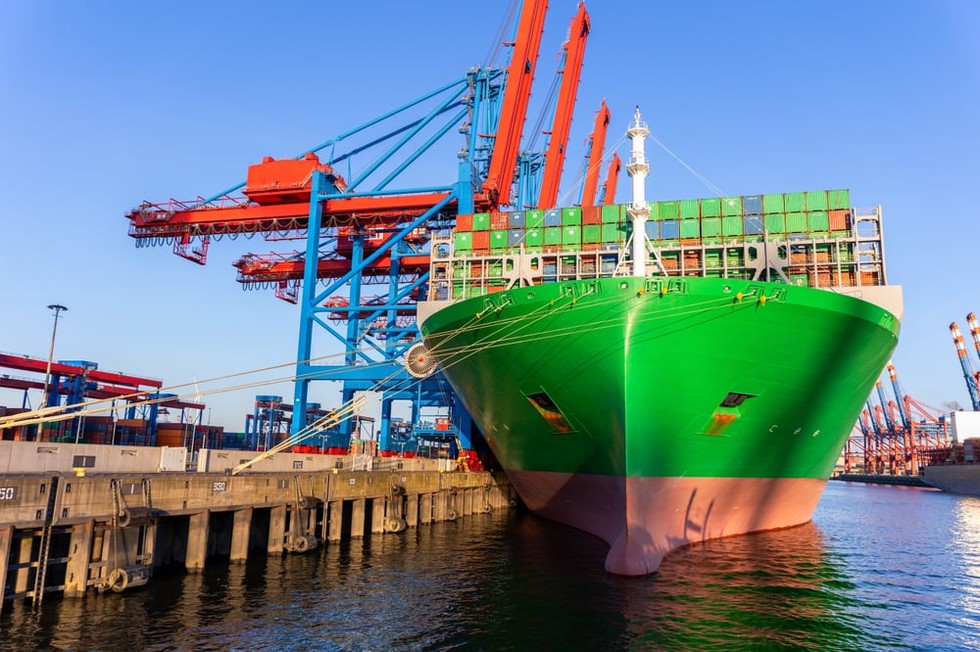The Chennai-Vladivostok maritime corridor has officially commenced operations, marking a significant milestone in enhancing trade and maritime connectivity between India and Russia. The announcement was made by Union Minister of Ports, Shipping, and Waterways, Sarbananda Sonowal.
Key Features of the Corridor
- Direct Shipping Route: The corridor facilitates direct shipping between the Indian port of Chennai and the Russian port of Vladivostok, reducing transportation time for goods between the two countries.
- Economic Impact: This initiative is expected to boost trade, particularly in sectors such as agriculture, energy, and manufacturing, which are essential for both economies.
Strategic Importance
- Maritime Connectivity: Minister Sonowal emphasized that the operationalization of the Chennai-Vladivostok corridor is part of India’s larger efforts to strengthen maritime links with nations in the Indo-Pacific region and beyond.
- Promotion of Blue Economy: The new route will also contribute to India’s vision of a “blue economy”, fostering regional economic integration and creating new opportunities.
Broader Implications
- Enhanced Infrastructure: This development is aligned with India’s growing focus on improving its maritime infrastructure and strengthening diplomatic and trade ties with Russia.
- Efficient Logistics Network: The shipping route will create a seamless logistics network, further boosting bilateral trade between India and Russia.
Multiple-Choice Questions (MCQs):
- What is the primary purpose of the Chennai-Vladivostok maritime corridor?
- A) To promote tourism between India and Russia
- B) To enhance trade and maritime connectivity between India and Russia
- C) To reduce air traffic between India and Russia
- D) To improve road transport between the two countries
Answer: B) To enhance trade and maritime connectivity between India and Russia
- Which sectors are expected to benefit most from the Chennai-Vladivostok maritime corridor?
- A) Healthcare and education
- B) Agriculture, energy, and manufacturing
- C) Tourism and hospitality
- D) Information technology and software development
Answer: B) Agriculture, energy, and manufacturing
- How does the Chennai-Vladivostok maritime corridor support India’s “blue economy” vision?
- A) By promoting sustainable fishing practices
- B) By enhancing regional economic integration through improved maritime links
- C) By building new naval ships
- D) By reducing carbon emissions from ships
Answer: B) By enhancing regional economic integration through improved maritime links
- Which ports are directly connected by the Chennai-Vladivostok maritime corridor?
- A) Chennai and Moscow
- B) Chennai and Vladivostok
- C) Mumbai and St. Petersburg
- D) Kolkata and Vladivostok
Answer: B) Chennai and Vladivostok
- What is the expected outcome of the operationalization of the Chennai-Vladivostok maritime corridor?
- A) Increased air travel between India and Russia
- B) Boost in bilateral trade and efficient logistics
- C) Improved road transportation between the two countries
- D) Greater collaboration in the defense sector
Answer: B) Boost in bilateral trade and efficient logistics
